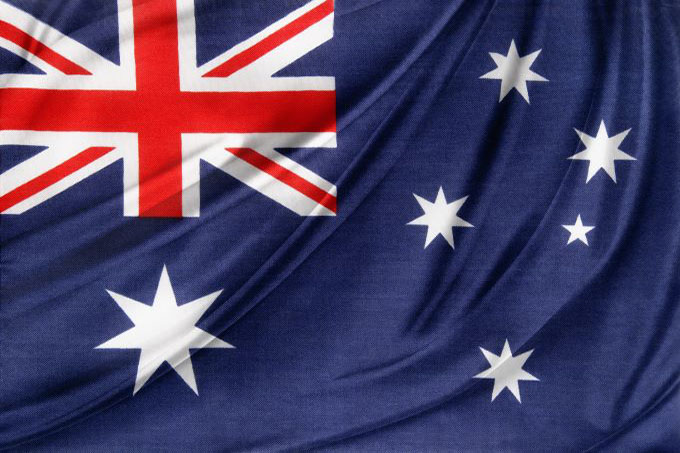 Last week, the Australian Dollar went down by 3.59 percent against the US dollar, breaking a two-week gaining streak.
Last week, the Australian Dollar went down by 3.59 percent against the US dollar, breaking a two-week gaining streak.
The Reserve Bank of Australia deputy governor Guy Debelle expressed his concerns about the value of the Australian dollar on Tuesday, going against the analysts' expectations, who thought that he wasn't going to comment on the issue given the belief that the Australian Dollar late performance has been mainly linked with the US dollar weakness. Last week the US dollar recovered against a bundle of its main competitors, gaining 1.85 percent and recovering from the previous week's losses.
Debelle highlighted that a lower exchange rate would benefit the economy, which the markets interpreted as opening up the possibility of intervening in the foreign exchange market to lower the Australian Dollar value, something similar to what the Swiss National Bank has been doing to stop the appreciation of the Franc.
The Deputy Governor also left the doors open for further interest rate cuts, which implies that the RBA eventually may consider imposing negative cash rates, though he pointed out that there is still room to bring down the cash rates without entering into the negative territory. About this alternative Debelle commented that the evidence is mixed concerning its effects on the exchange rate.
"The empirical evidence on negative rates is mixed. In the short-term, they can contribute to a lower exchange rate. In the medium term, the effectiveness can wane including through the effect on the financial system," he said, adding that it can encourage households to save more, especially in an environment where they're inclined to do so.
The Reserve Bank of Australia’s monetary policy committee is expected to meet next week and announce its monetary policy decision afterward. Until then, it may not be clear whether they're willing to consider this alternative or not.
Last week the markets got important information about the state of the Australian economy. On Tuesday, the Commonwealth Bank of Australia together with market economics released the preliminary Commonwealth Bank Services PMI for September, which stood at 50, showing an expansion of the services sector. In August the indicator stood at 49, signaling a contraction in the sector, while the analysts foresaw it to be at 48.4. The Manufacturing PMI, which stood at 55.5, showed a faster expansion of the manufacturing sector, given the 53.6 of the previous month. Analysts foresaw a contraction, as they expected it to be at 48.3.
The composite PMI stood at 50.5, showing an expansion of the business sector. The previous month's figure signaled a contraction, as it stood at 49.4. On Wednesday, the Australian Bureau of Statistics reported the preliminary retail sales figure, which showed that retail sales dropped by 4.2 percent (month-to-month) in September, after climbing by 3.2 percent on the previous month.
On Friday, the Australian Bureau of Statistics published that the preliminary trade balance for August registered a surplus at $4,294 million, after being at $4607 million in the previous month. Imports fell by 7 percent after climbing 7 percent in July, while exports dropped by 2 percent after falling by 4 percent in the previous month.
